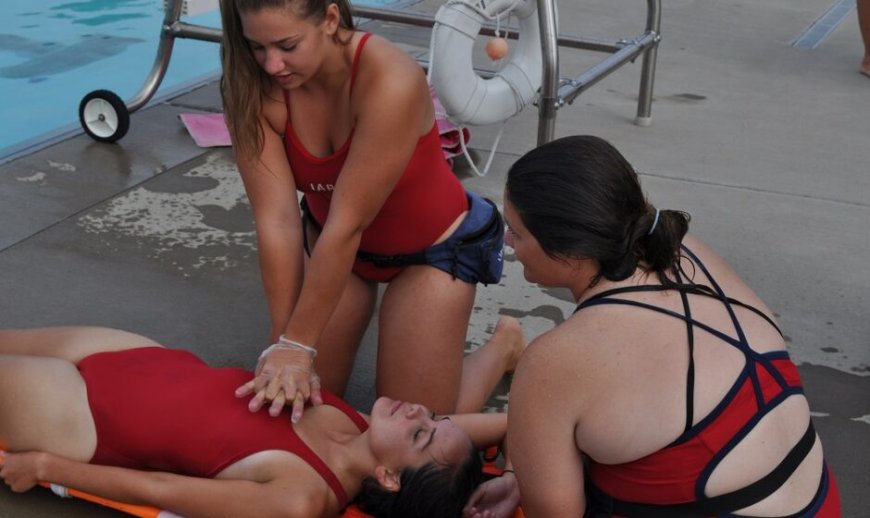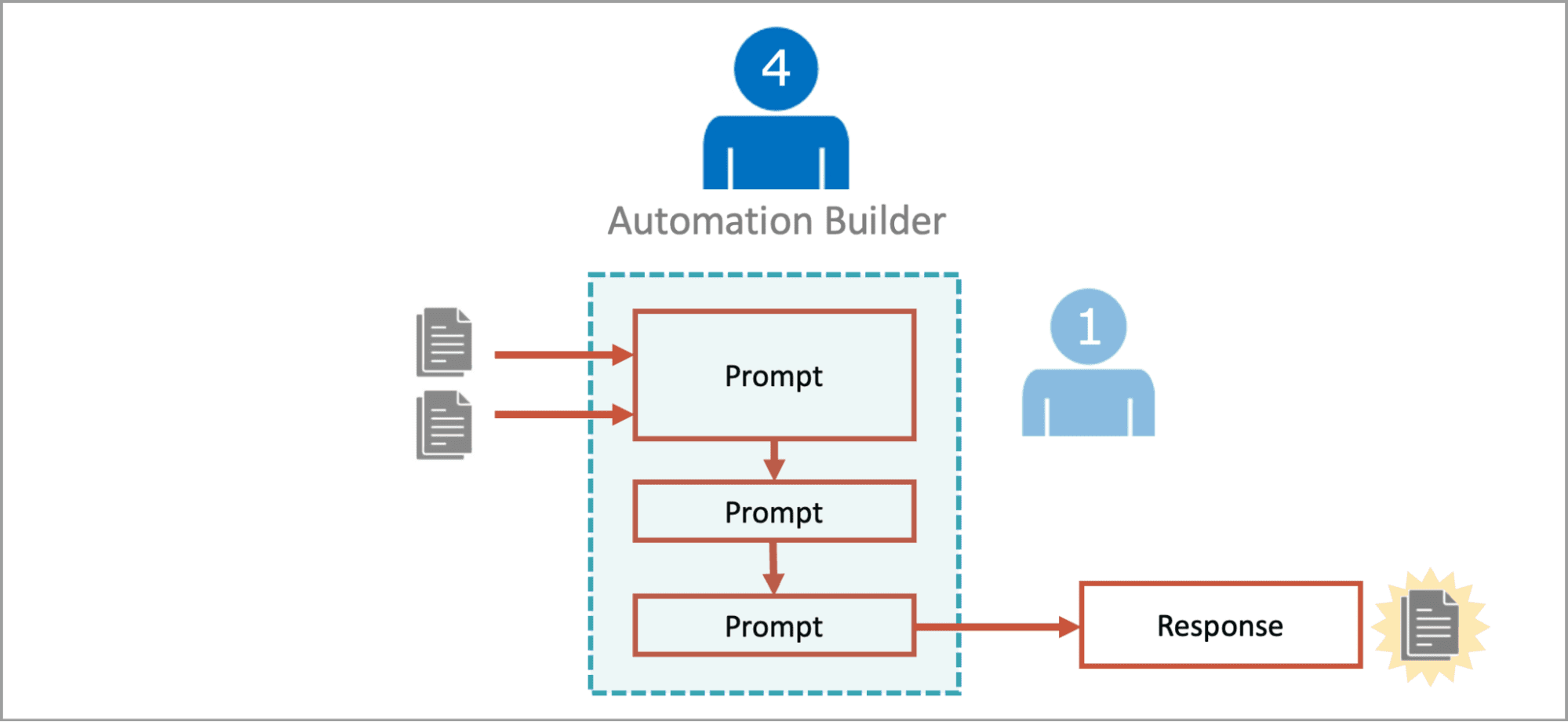Lifeguard Certification Explained: Cost, Time, and the Exact Steps You Need in 2025
Lifeguard certification is a formal process that prepares individuals to prevent, recognize, and respond to aquatic emergencies.

Becoming a certified lifeguard in 2025 is more accessible and essential than ever, especially with increasing safety regulations and a growing need for qualified professionals in aquatic environments. Whether you're considering a seasonal job, a long-term career in aquatic safety, or simply want to gain lifesaving skills, lifeguard certification is your first step.
This guide outlines the cost, time commitment, and step-by-step process involved in obtaining a lifeguard certification in 2025. Designed to be straightforward and professional, it will walk you through every detail you need to know—without fluff or brand promotion.
1. What Is Lifeguard Certification?
Lifeguard certification is a formal process that prepares individuals to prevent, recognize, and respond to aquatic emergencies. Certification courses typically include training in:
-
Water rescue techniques
-
CPR (Cardiopulmonary Resuscitation)
-
AED (Automated External Defibrillator) use
-
First aid
-
Surveillance strategies
-
Legal responsibilities and safety protocols
After successfully completing the course, participants receive a certification valid for two years.
2. How Much Does Lifeguard Certification Cost in 2025?
The average cost for lifeguard certification in 2025 ranges between $200 and $400, depending on:
-
Location: Urban centers may have slightly higher rates due to facility costs.
-
Course Type: Blended (online + in-person) courses may be priced differently than fully in-person training.
-
Additional Certifications: Some programs include optional or required CPR/AED training, which may carry additional fees.
Tip: Some employers reimburse the cost of certification once you're hired, so be sure to ask before enrolling.
3. How Long Does Lifeguard Training Take?
Most lifeguard certification courses require 25 to 30 hours of training, usually spread over 2 to 4 days. Here's how the time is generally divided:
-
Online modules (for blended learning): 6–8 hours
-
In-person training: 16–22 hours, including physical skills and testing
-
Final exam and scenario assessment: 1–2 hours
Courses are often offered over weekends or during school breaks to accommodate students and working individuals.
4. Prerequisites You Need Before Enrolling
Before you can begin a lifeguard course, you must meet a few entry-level requirements. These typically include:
-
Minimum age: Usually 15 years old by the final day of the course
-
Swimming ability: You must pass a pre-course swim test that generally includes:
-
A 300-yard continuous swim
-
Treading water for 2 minutes using only the legs
-
A timed brick retrieval swim (swimming 20 yards, diving to retrieve a 10-lb object, and returning within a time limit)
-
Failure to meet these requirements means you won't be allowed to continue in the course.
5. Exact Steps to Get Certified as a Lifeguard in 2025
Follow this clear and detailed step-by-step guide:
Step 1: Check Eligibility
Confirm that you meet the minimum age and can pass the swim test. Practice ahead of time if necessary.
Step 2: Choose a Certification Course
Select a course that fits your schedule, location, and learning style (in-person vs. blended learning).
Step 3: Register and Pay
Secure your spot by registering early, especially during peak seasons (spring and summer). Pay the required fee and review the refund/cancellation policies.
Step 4: Complete Online Coursework (if applicable)
If your course includes online modules, complete them before attending the in-person sessions. You may need to show proof of completion.
Step 5: Attend and Participate in All In-Person Sessions
Active participation is mandatory. Sessions typically cover:
-
Water rescue simulations
-
CPR and first aid drills
-
Group discussions and case studies
Step 6: Pass the Final Exams
You must successfully pass:
-
A written test (usually multiple choice)
-
A skills test, including water rescues and CPR scenarios
Step 7: Receive Your Certification
Once all exams are passed, you'll receive a digital certificate that is valid for 2 years.
6. Renewal and Recertification
Lifeguard certification is not a one-time achievement. To remain certified, you must:
-
Recertify every two years
-
Take a renewal course, which is shorter and less expensive (usually $100–$200)
-
Maintain CPR and first aid certification concurrently
Many employers require your certification to remain current throughout your employment, so mark your renewal date on your calendar.
7. Where Can You Work After Getting Certified?
Once certified, lifeguards can work in a variety of environments, including:
-
Community swimming pools
-
Beaches (with additional open water training)
-
Water parks
-
Gyms and health clubs
-
Hotels and resorts
-
Summer camps
Some positions may require additional certifications, such as shallow water lifeguarding, waterfront skills, or oxygen administration.
8. Lifeguard Responsibilities You Should Be Ready For
Certification is just the beginning. Real-world lifeguarding involves:
-
Monitoring swimmers constantly for signs of distress
-
Enforcing safety rules to prevent accidents
-
Performing rescues quickly and calmly
-
Providing emergency care until medical professionals arrive
-
Completing incident reports and documentation
Being a lifeguard means staying alert and ready every second you’re on duty.
Conclusion
Getting your lifeguard certification in 2025 is a smart move if you're looking for a meaningful, active, and potentially life-saving job. Though the process requires commitment, it's highly achievable with the right preparation.
To recap:
-
Expect to spend $200–$400 and 25–30 hours on training
-
Be prepared for physical and written assessments
-
Follow the exact step-by-step process to certification
-
Renew every two years to keep your credentials active
Whether you’re diving into a new career or enhancing your skillset, lifeguard certification equips you with the confidence and knowledge to save lives—and that’s a responsibility worth taking seriously.


































































































































































